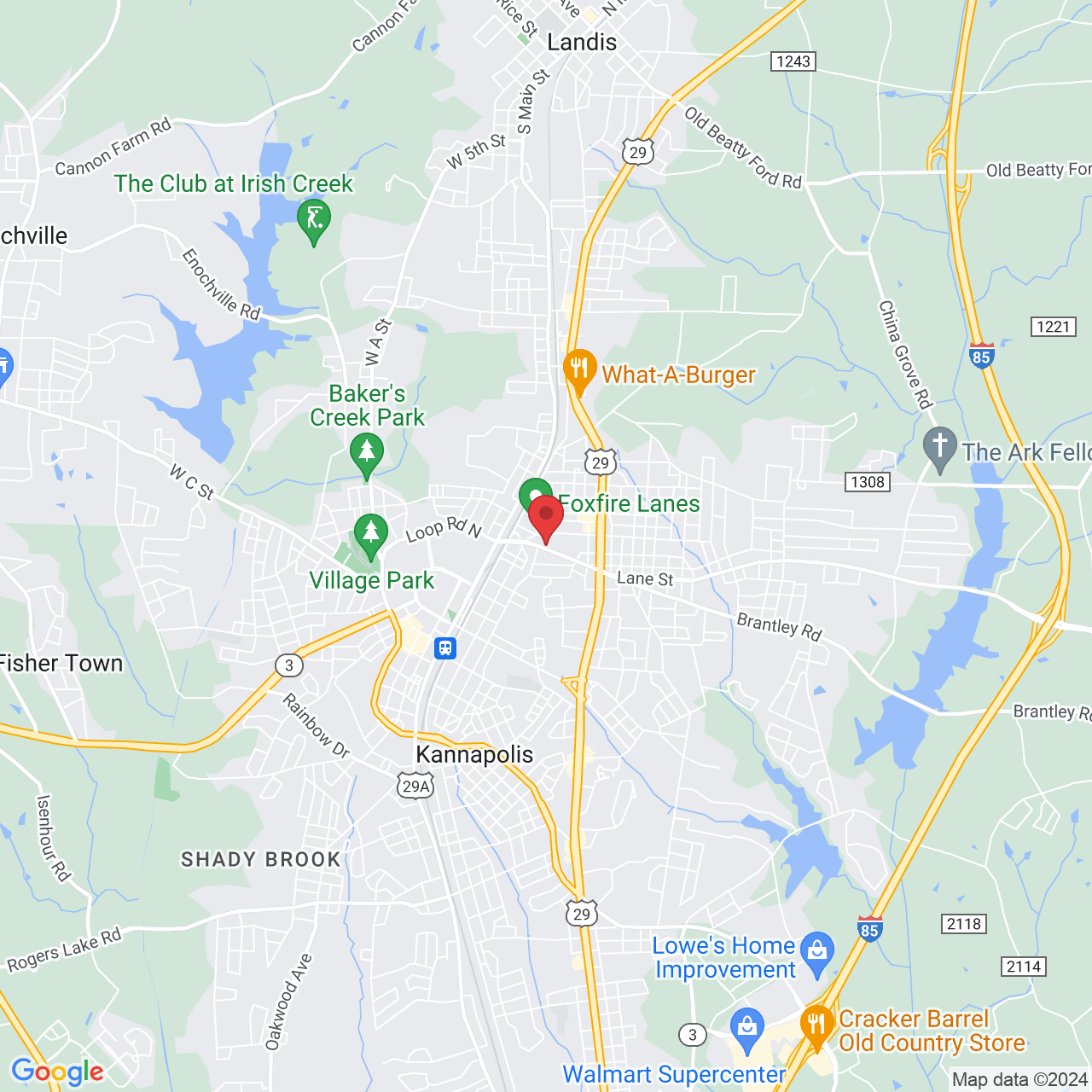Pay After Deletion | Pay Per Deletion | Pay For Deletion
In 2010 we revolutionized the credit repair industry by introducing our Pay After Deletion credit repair program. Our goal with this program was and is to make sure we as a company have every incentive to get deletions for our clients.
Pay After Deletion Credit Repair & Restoration Services
At our credit repair firm, we understand the challenges of a less-than-perfect credit score. That's why we offer specialized Credit Repair & Credit Restoration Services, designed to help you regain financial freedom. Our unique approach is centered on a "pay after deletion" model, ensuring that instead of paying monthly you pay when negative items are successfully removed from your credit report.
Our team of experts works diligently to dispute inaccuracies with credit bureaus, as well as directly with creditors, providing a seamless path to credit improvement. Trust us to empower you with a healthier credit profile, enabling you to achieve your financial goals with confidence.
Quick Links To Popular Pages


Revolutionizing Credit Repair: Why Pay-After-Deletion Outshines Traditional Monthly Credit Repair Company Programs That Basically Charge You Monthly "Letter Writing" Service Fees.
Table of Contents:
Results-Oriented Pricing Structure
Motivation for Swift and Efficient Service
Financial Flexibility and Reduced Risk
Strict Legal Compliance in Disputes
Transparency with Shared Dispute Letters
Certified Mail for Dispute Letters
Comprehensive Credit Report Analysis
1. Introduction
In the evolving world of financial management and credit repair, the Pay After Deletion (PAD) model is a groundbreaking approach, challenging the traditional monthly credit repair services. Pay After Deletion offers significant advantages, making it a preferred choice for effective and equitable credit repair.
2. Results-Oriented Pricing Structure
Unlike traditional services that charge monthly fees regardless of outcomes (essentially charging a monthly fee to write letters), Pay After Deletions pricing is based on successful removal of negative items. This aligns service providers' efforts with client goals. This means we both have the same goal which is to acquire repairs and deletions. In order to charge additional fees we must deliver results not just letters.
3. Transparency and Trust
The Pay After Deletion model, with its setup fee followed by payment upon deletion, fosters a transparent and honest relationship, unlike the often opaque monthly fee structures. As a consumer you can calculate how much your project will cost you once everything is deleted.
4. Motivation for Swift and Efficient Service
We are clearly incentivized to work effectively, as our fees & income depends on successful credit report deletions, ensuring quicker results.
5. Financial Flexibility and Reduced Risk
Pay Per Deletion minimizes financial risk for clients as we don't require indefinite monthly payments without any idea when or even if results will be achieved, offering better financial management and tangible credit improvements.
6. Empowerment and Control
This model empowers clients with control over the repair process, providing a clear roadmap and paying only for successful outcomes.
7. Strict Legal Compliance in Disputes
Pay After Deletion emphasizes disputes strictly based on legal compliance and adhering to laws requiring utmost accuracy in credit reports. The Fair Credit Reporting Act states the following:
15 U.S.C. § 1681e(b). "Whenever a consumer reporting agency prepares a consumer report, it shall follow reasonable procedures to assure maximum possible accuracy of the information concerning the individual about whom the report relates."
8. Transparency with Shared Dispute Letters
Clients receive copies of all dispute letters, ensuring full transparency and involvement in the credit repair process. This simple step that all credit repair companies should do allows clients to know exactly what is being done on their behalf and that something is actually being done. Monthly companies who do not share their dispute letters are not able to prove that they aren't sending the same letters over and over hoping for a different result.
9. Certified Mail for Dispute Letters
All of our dispute letters are required to be sent via certified mail, ensuring they are acknowledged and addressed by credit bureaus, a step beyond what many traditional services offer. There has been some speculation by very reputable consumer attorneys that over 50% of letters mailed to credit bureaus are completely ignored unless they are sent via certified mail.
10. Comprehensive Credit Report Analysis
Pay After Deletion uses unique and detailed credit reports that show a full 7-year history, this helps ensure a thorough identification and dispute of all errors. The more errors found the better chance of removal
11. Unlimited Disputes Without Additional Fees
Unlike traditional monthly credit repair services, in an effort to slow the process down and get more monthly fees, will many times restrict the number of disputes to just a few per month. Pay After Deletion offers unlimited disputes during each and every round, focusing on efficient and comprehensive error correction.
12. Conclusion
The Pay-After-Deletion model, with its client-centric approach, legal accuracy, and transparent processes, stands as a superior choice in credit repair. It ensures a journey towards better credit that is effective, legally sound, and deeply respectful of client involvement and financial health.


Pay Per Deletion | Pay After Deletion | Pay For Deletion
Many copycat companies have tried to match our Pay After Deletion® business model and call it pay per delete or even pay for deletion. You will find that these firms soon quit using this business model because they realize they can’t get enough items removed to maintain a profit. Other times they offer this option in hopes of being able to bait and switch you to a monthly program.
We are pretty biased, but we recommend that you choose the company that started and trademarked the entire Pay After Deletion® concept and revolution and has been doing it since 2010
Very few companies are even willing to attempt to work on a pay-per-deletion basis. We can do so because we know what we are doing and can get deletions and earn a good income as a result.
Cheap Credit Repair
Low-Cost Credit Restoration Company – The Cheapest When Comparing Apples to Apples
When you compare our overall pay after deletion® fees to one year of a competitor's monthly fees, you will see that we come out as the cheapest option. It’s even cheaper when you realize that the “monthly “companies slow the process down intentionally by restricting you to only dispute three items per cycle even though there is no real reason to do so.
Below is a comparison of Pay After Deletion® Fees vs. Monthly Fees. An additional benefit of Pay After Deletion® is that you can determine your overall total costs by counting the negative items you have. In monthly programs, you won’t know what you will end up paying.
NOTE: It is illegal and against federal law for any credit repair company to tell or even hint to a client when items will be removed from a credit report. It is illegal because it is impossible to know, and the company you are working with is not the company that is responsible for items being added or removed from your report. This means that when a company says six months or one year to be done, they are lying and breaking federal law.
To see how our prices compare with others, please take a look at our pricing calculator here
* Most monthly credit repair agencies and companies will RESTRICT YOU and only allow three items to be disputed in any cycle. This only slows down the process
** If somehow the monthly companies got 100% deleted every month, it would take seven full cycles minimum even to try each dispute one time (average account takes 3-4 disputes to get removed)
*** As you get fewer and fewer items remaining, credit items become harder and harder to remove. It is not unusual to see 95% of items deleted in 1 year and have it take another 6-12 months to get the last item removed.
When you look at the numbers, you find out why we claim to have the lowest cost to repair your credit and why monthly companies hate this business model. Tell them that you will no longer fall for the “Pay and Pray and Hope it Goes Away” business model.
Best Credit Repair Company - Other Companies Worse Nightmare
Best Legitimate Credit Repair Agency – A Firm You Can Trust
Anyone can say that they are the one of the best credit repair companies in the US, However once you review & understand our Pay After Deletion® program you will see that in order to stay in business and make a profit we MUST be good at what we do.
We do not call ourselves a credit repair firm and then charge you monthly to write a set of letters that may or may not work. That is a “letter writing firm” and in our opinion should not be called a credit repair company. These companies then expect you to pay them $100 – $200 for the mere act of writing letters EVEN IF nothing ultimately is deleted.
They do not give you your money back if their “magic” letters do not succeed. They place the burden and risk solely on their customers.
We, on the other hand, ONLY succeed as a business when and if our clients get items deleted. Between the fact that we charge only when deletions are made, we feel that we are working with you side by side against the creditors and the credit bureaus.
We want and frankly need you to have success in order to stay in business, our competitors just have to write letters and convince you to stay on for “just one more month”
Credit Repair Near Me and Dear To Me - Great Service, Programs, and Reviews
Our Service is Second To None
The fact that we offer our service on a pay after deletion basis for many people is enough, however we know we must offer more.
We return 100% of our calls, many people in this field don’t like answering the phone and do a poor job at returning calls. the reason for this is because they get so many calls from people who are upset or worried that work is not being done on their file.
This is a natural occurrence when working in a monthly environment. Clients have concerns when nothing seems to be happening and they are paying every month.
We can return our calls because nobody calls to complain about being billed when nothing is happening as we only bill when we get deletions. We explain our program to you with 100% honesty without misleading or exaggerating. We feel that it is important
We have put together a great credit repair program for the masses!
We have reviews and proof that our repair service works!
Call Us Today
We are Proud To Work With You
Have Us Call You
Did You Search Credit Repair Near Me or Near By?
In search of a reliable "Credit Repair Company near me" or "Credit repair service nearby"? Look no further! Our local team of experienced professionals are here to solve your specific challenge.
Trusted by numerous clients in our own neighborhood, we're committed to delivering high quality results. So, the next time you find yourself searching for "best credit repair service near me" or "nearby credit repair companies", remember we're just a call away.
Choose local; choose excellence.

Contact Us
Address:
407 Jackson Park Rd
Kannapolis, NC 28083
(By Appointment Only)
Phone
Tel: 813-345-4097
Text: 813-345-4097
Business Hours-
Monday - 8am - 7pm
Tuesday- 8am - 7pm
Wednesday - 8am - 5pm
Thursday - 8am - 7pm
Friday - 8am - 7pm
Saturday - 8am - 7pm
Sunday - closed


